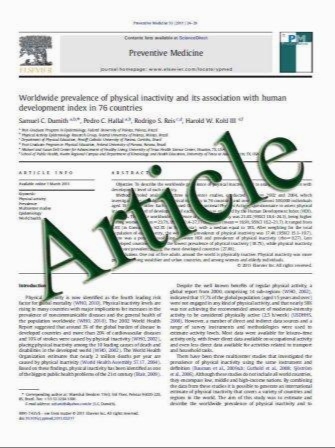Glucocorticoid-induced hypertension
- نوع فایل : کتاب
- زبان : انگلیسی
- مؤلف : Julie E. Goodwin & David S. Geller
- چاپ و سال / کشور: 2011
Description
Glucocorticoid-induced hypertension is a common clinical problem that is poorly understood, thus rendering treatment strategies sub-optimal. This form of hypertension has been commonly thought to be mediated by excess sodium and water reabsorption by the renal mineralocorticoid receptor. However, experimental and clinical data in both humans and animal models suggest important roles for the glucocorticoid receptor as well, in both the pathogenesis and maintenance of this hypertension. The glucocorticoid receptor is widely expressed in a number of organ systems relevant to blood pressure regulation, including the kidney, the brain and the vasculature. In vitro studies in isolated kidney tissues as well as in vascular smooth muscle and vascular endothelial cells have attempted to elucidate the molecular physiology of glucocorticoid-induced hypertension, but have generally been limited by the inability to study signaling pathways in an intact organism. More recently, the power of mouse genetics has been employed to examine the tissue-specific contributions of vascular and extra-vascular tissues to this form of hypertension. Here we review recent developments in our understanding of the pathogenesis of glucocorticoid-induced hypertension.
Pediatr Nephrol DOI 10.1007/s00467-011-1928-4 Received: 1 April 2011 / Revised: 12 May 2011 / Accepted: 13 May 2011


